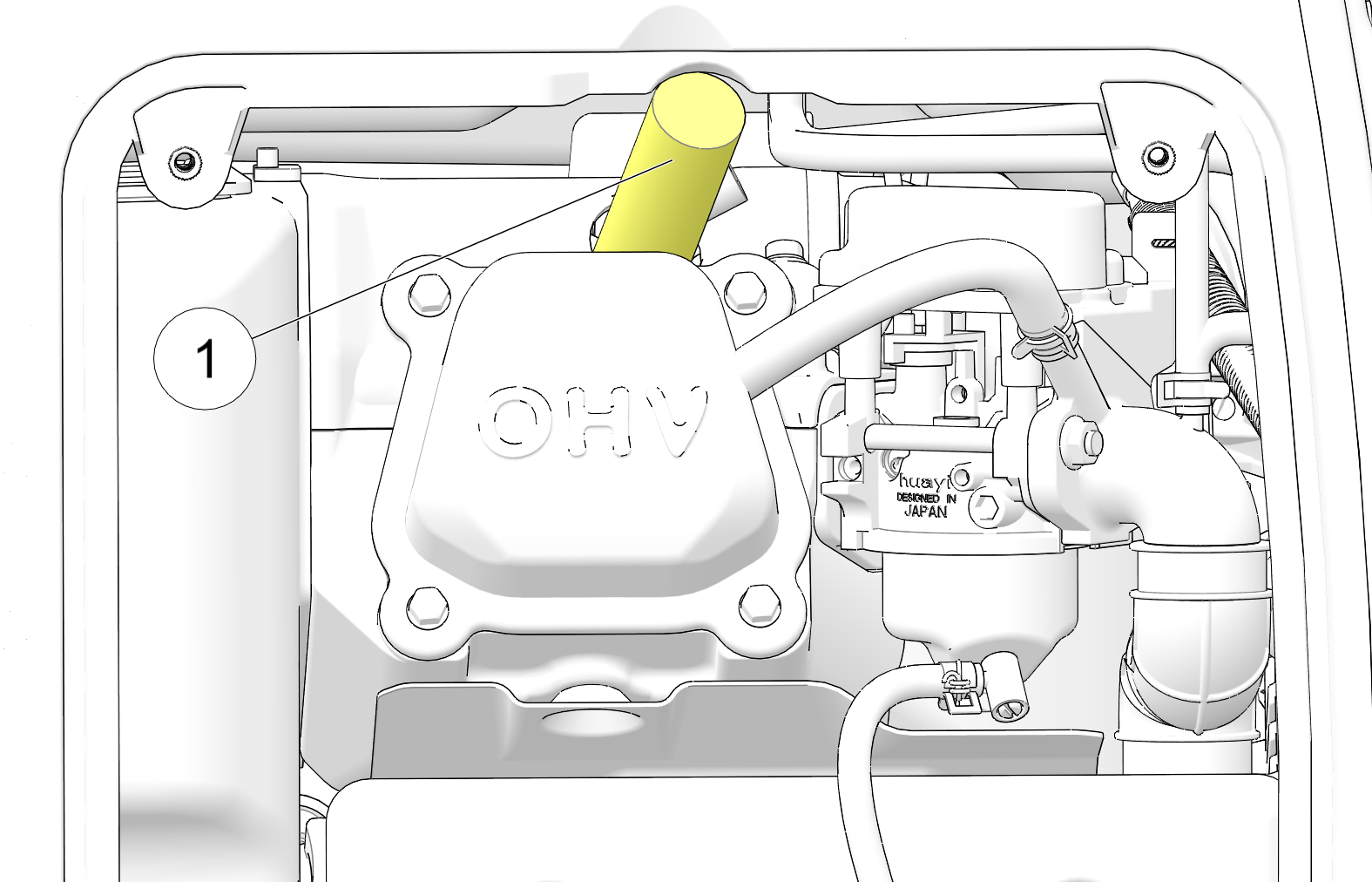
Content Source: Polaris Power® P3200iE Owner’s Manual (9931063 R03) > Maintenance Chapter
| IMPORTANT |
|
The Owner's Manual for this vehicle contains warnings, instructions and other information you must read and fully understand before safely riding or performing maintenance on this vehicle.Always follow the warnings and instructions in Owner's Manual. Click the CONTENTS link above for the Table Of Contents, or download a full PDF of the Owner Manual in the Owner Support area of Polaris.com |
| A hot exhaust system and engine can cause burns. Wear protective gloves when removing a spark plug for inspection. |
| IMPORTANT |
| To ensure proper engine operation, the spark plug must be free of deposits and properly gapped. If the engine has been running, allow it to cool before servicing. |

| IMPORTANT |
| Prior to replacing the spark plug, complete the inspection steps outlined on Spark Plug Inspection. |
| MEASUREMENT | |
|
Spark Plug Gap 0.024- 0.028 in (0.6-0.7 mm) |
| NOTICE |
|
A loose spark plug can overheat and damage the engine. Over tightening the spark plug can damage the plug threads. Never use a spark plug with an improper heat range. |
© Copyright Polaris Inc. All rights reserved.